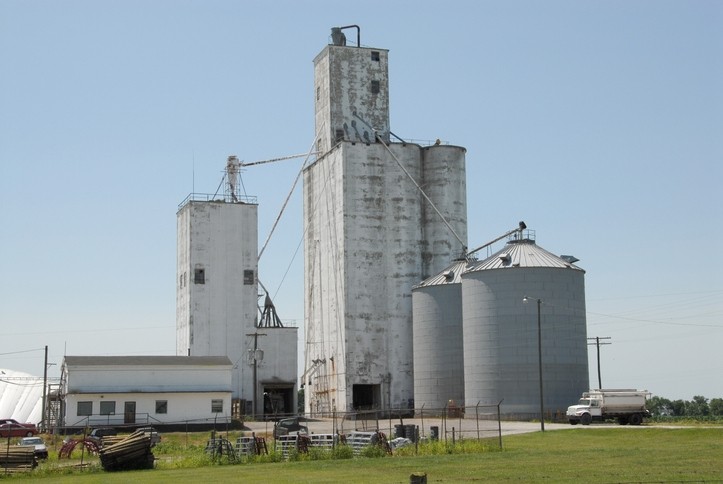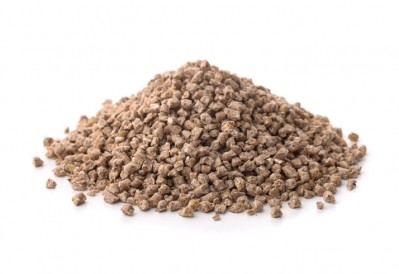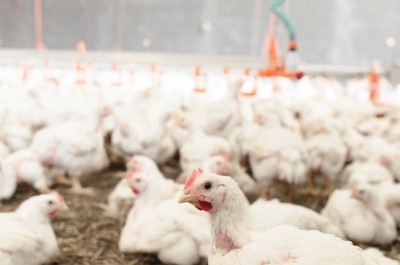Which way for future feed technology research?

FeedNavigator caught up with Dr Menno Thomas, founder of agribusiness consultancy Zetadec, and Dr Wouter Hendriks, chair of Animal Nutrition at the Department of Animal Sciences at Wageningen University, to discuss directions for future technological research.
Both Dr Thomas and Dr Hendriks were contributors to a multi-authored paper that summarized the discussions that took place during the first International Feed Technology Conference (IFTC) workshop, and concluded that “animal feed has a social responsibility to contribute to more sustainable food systems”.
“The working group was convened to work out what needs to happen in terms of feed technology for the future,” Dr Hendriks told FeedNavigator.
In Dr Hendriks’ view, one of the biggest issues facing the future of the feed industry is a shortage of raw materials.
“Many of the materials that used to go into animal feed are being diverted into biorefinery systems and other outlets. On top of this, the food industry is getting better and better at extracting nutrients from all sorts of raw materials. So we are seeing huge pressure on existing raw feed materials, plus those materials we have relied upon until now are becoming leaner in nutritional value,” he said.
Potential in co-products
Dr Hendriks sees the valorization of co-products as a key solution to bridging this gap. However, he said this is not without its challenges.
“Co-products tend to be characterized by more fiber, less starch and variable protein quality, so feed technology needs to work out how to transform all of that into high value feed materials and incorporate it – preferably into a pellet because that is the format that works best for the industry.”
He said that the industry was starting to meet this challenge by fermenting, modifying and enhancing co-products with microbial proteins.
He gave the example of white rot fungus, which is able to mobilize its multi-enzyme system to attack the lignin barrier of wheat straw, breaking it down into an energy rich cattle feed.
Dr Thomas added that there are other cell wall rupture technologies such as steam explosion that could come into play.
“This involves putting the raw material in a pressure vessel and opening the valve to induce a pressure reduction that disrupts the cell walls and structures of the raw materials. That opens up those structures and increases the surface for enzyme attack, which allows better overall utilization of the raw material,” Dr Thomas explained.
However, he said that this, and other novel technologies, were currently too expensive to be viable on a large scale. Any technology, to be economically suitable, needs to be able to process for example unicellular biomass equally with low and high-water content as well as with low or high densities and viscosities. Also, such technologies need to be energy efficient, with a short processing time, and with minimal end-product degradation.
Other alternative ingredients that the paper highlighted as offering potential for inclusion in feeds are: bacterial protein, yeast (as a protein) and microalgae (as an aquatic feed ingredient). However, there are still some hurdles to overcome before their use can be scaled up.
“The protein digestibility of algae feeds is still low compared to soy. That said, soy took a couple of decades to reach the level of palatability it offers now. A lot of work is being done in breaking the cell walls of microalgae. I am hopeful that less digested single cell proteins and yeasts will be turned into high value protein components in time,” said Dr Hendriks.
Don’t overlook established technologies
However, he also emphasized that there is also plenty of scope to make existing grinding, mixing and pelleting processes more efficient.
“With all this talk of novel technologies, we shouldn’t lose sight of the fact that the largest operations are grinding, mixing and pelleting. There is plenty of scope to gain a better understanding of what is going on within those processes and to use that knowledge to improve those new modified products and co-products,” said Dr Thomas.
He continued: “There are all these processes going on during pelleting; we’re barely getting to grips with what is happening during conditioning and the actual pelleting step, let alone the subsequent cooling process. Quantifying them and knowing how they change with different process settings and ingredients is an area where knowledge is lacking.”
He suggested that process improvements could be made by transferring knowledge from food technology, giving the example of glass transition.
“Many raw materials exhibit something called glass transition. If you mention it to anyone in the feed industry their eyes glaze over whereas food technologists know exactly what you are talking about. Applying food technology principles to feed technology could, I think, give us new insights,” he said.
Both Dr Thomas and Dr Hendriks agreed that one of the frustrations for the feed technology community was the lack of investment in long-term projects.
“Because the feed industry is strong, governments expect it to fund its own research, but companies will only fund research that has an economic return for them in the next three years or less. Imagine asking for investment in some fundamental research or knowledge for a process that might be commercialized in ten years? No-one is going to fund that. Governments need to realize that. If you are making animal feed from low quality co-products you are making a significant contribution to assuring the future of food supplies, yet animal nutrition is not regarded as a high priority area,” said Dr Hendriks.
The latest research in novel techniques, single cell proteins, fungal technology and more will be presented at the next IFTC in May/June 2022.









